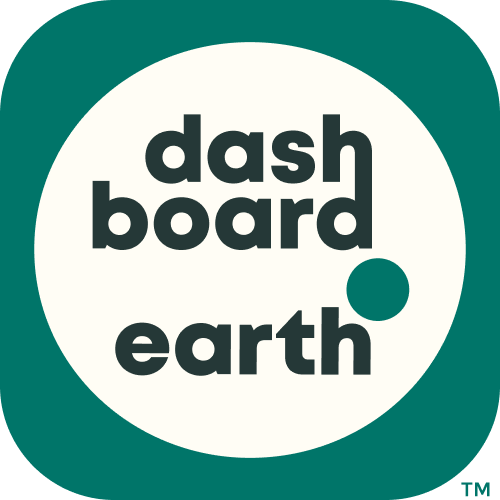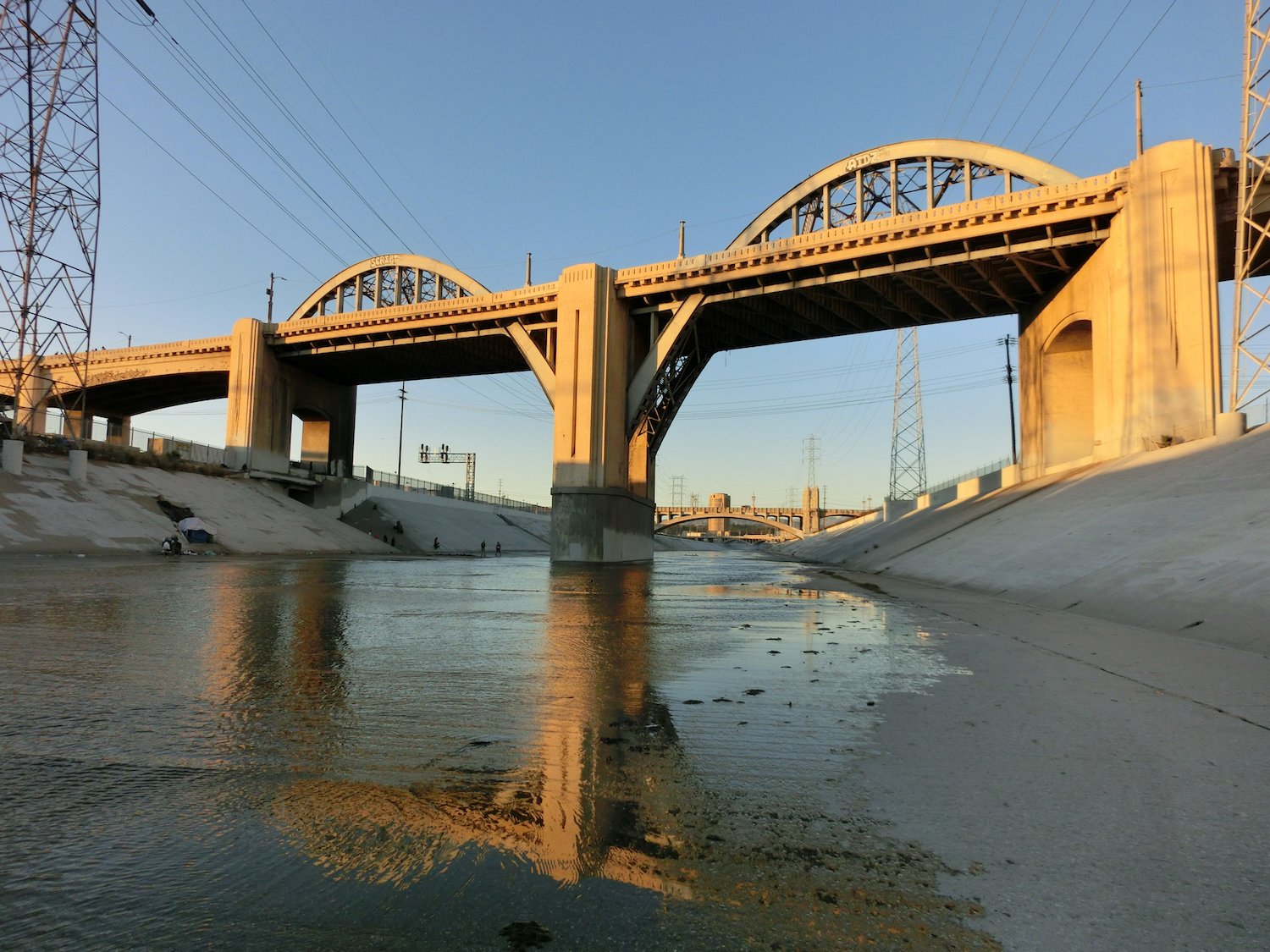Is California in a Drought? The State of Water in LA
After historic storms, here’s what’s up with water in LA
Tropical Storm Hilary hits Los Angeles
When you think of August in Southern California, rain probably isn’t the first thing that crosses your mind. But thanks to Tropical Storm Hilary—and the daily rainfall records it posted across LA County—your SoCal summer state of mind might be slightly altered in 2023.
As first responders and city and county employees perform damage control across the area, it’s still too early to know the effect Hilary had on aquifers. Officials are more focused on managing the supply of water right now—i.e. preventing flooding—than measuring it.
But one thing is for sure: This storm underscores the need to build cities differently to prevent disasters and capture more stormwater (we’ll get into that later on). And of course you might be asking yourself, is California in a drought anymore?
The state of water in LA
Here are a couple of LA water facts to kick us off (prior to Tropical Storm Hilary landing):
Los Angeles County captured 33 billion gallons of stormwater from the rain last winter. That much water could in theory supply 816,000 people with water for an entire year.
Thanks to “a record snowpack created by the unprecedented amount of precipitation earlier this year” the Los Angeles Department of Water and Power has told all customers that they can go back to watering three days a week on designated days.
LA County is no longer in drought, according to the U.S. Drought Monitor.
You still hear from so many well-meaning Angeleno friends how great the aforementioned “Drench” was. They sweetly say things like, “The hills driving up the 405 have never looked so green.”
That last “fact” is more of an assumption. But you can relate, right? Anyway, the rain was undoubtedly good for SoCal. We’re not here to throw water on that idea–all pun intended.
But, we thought this would be a great time to dive a little bit deeper into what’s going on with water in Los Angeles County (and attempt to shed some light on the question of whether California is in a drought).
A missed opportunity.
It’s going to take a while to build a stormwater capture system that reaches its full potential here in LA.
That’s where climate adaptation comes in: you have the power to help our drought-prone region become more resilient, right at home
While 33 billion gallons of stormwater sounds like a lot, unfortunately L.A. only captured about 20% of the possible stormwater available by some estimates.
That’s because our current stormwater capture system was built nearly 100 years ago. Back then, Angelenos were more concerned about saving lives and property from flooding than drought. They created a concrete system aimed at getting rid of water and a lot of stormwater ends up in the Pacific Ocean as a result.
Bruce Reznik, executive director of our partner L.A. Waterkeeper, noted that this is “a huge untapped potential for local water supply.”
Improvement is coming, but there are challenges.
Still, there are signs of progress. The Los Angeles County Department of Public Works has awarded $400 million to 100+ regional infrastructure projects. You can view them here.
For context, many cities struggle to capture stormwater. That’s due to the fact that most cities rely heavily on snowmelt, which has to travel a long way (often at a high environmental cost).
Here’s how you can help.
As we mentioned above, it’s going to take a while to build a stormwater capture system that reaches its full potential here in LA. That’s where climate adaptation comes in; you have the power to help our drought-prone region become more resilient, right at home. Here’s how.
Plant native plants.
Native plants have extensive and deep root systems that actually absorb dirty water before it gets into nearby waterways. They also slow down runoff, promote cleaner water, and provide critical nectar for native pollinators like bees and butterflies. Plus, they’re easy to maintain!
Plant trees.
Trees, like native plants, are water conservation and quality all-stars. They reduce soil erosion, which helps to prevent sediment from entering storm drains. At the same time, they are extremely effective at capturing rainwater putting it back into aquifers, effectively recharging them in the rainy season.
Mulch.
Simply applying a few inches of mulch to to your garden, around street trees, or on any exposed soil increases moisture retention (meaning you don’t need to water as often), reduces runoff (less pollution), and helps build healthier soil (happier plants). And the good news is LA Sanitation gives away mulch for free.
Collect and conserve water in your yard.
There are many different, easy ways to collect and conserve water at home. For example, you can install a rain barrel and save up to 750 gallons a year. Plus, you can get $35 back to buy your first barrel. There are other great ways to collect water in your yard here.
Another easy way to conserve water in your yard is not to be a grasshole. We kid, but we’re also kind of serious. Just because you can water 3x per week, doesn’t mean you should. Watering your lawn only once a week can save up to 840 gallons of water per week in our drought-prone region.
Conserve water inside your home.
This one might seem obvious, but there’s never a bad time to remind you to turn off your water while brushing your teeth or shaving. That action alone can save up to 8 gallons of water per person a day–which amounts to more water than you drink in 4 days.
There are so many different, easy ways to conserve water in your everyday like:
Getting a free low flow showerhead.
Skipping a car wash.
Going meatless on mondays.
Pledging to only wash dishes and clothes when there’s a full load.
Our app helps connect you to water conservation that pays.
The water conservation ideas above don’t even include the many rebates you can receive by installing more water and energy efficient toilets, washing machines, and more.
Don’t forget that more efficient appliances at home mean long term savings too–on your water and energy bills.
While the state of water in LA may be complicated, it’s fairly simple to pitch in and help our great town and county conserve water! Whether or not California is in a drought, we need to change how we think about water use.
Download the app today to start saving water and money!

